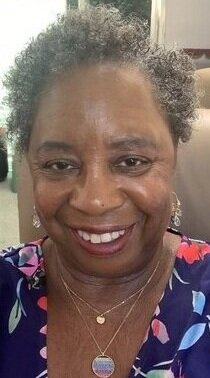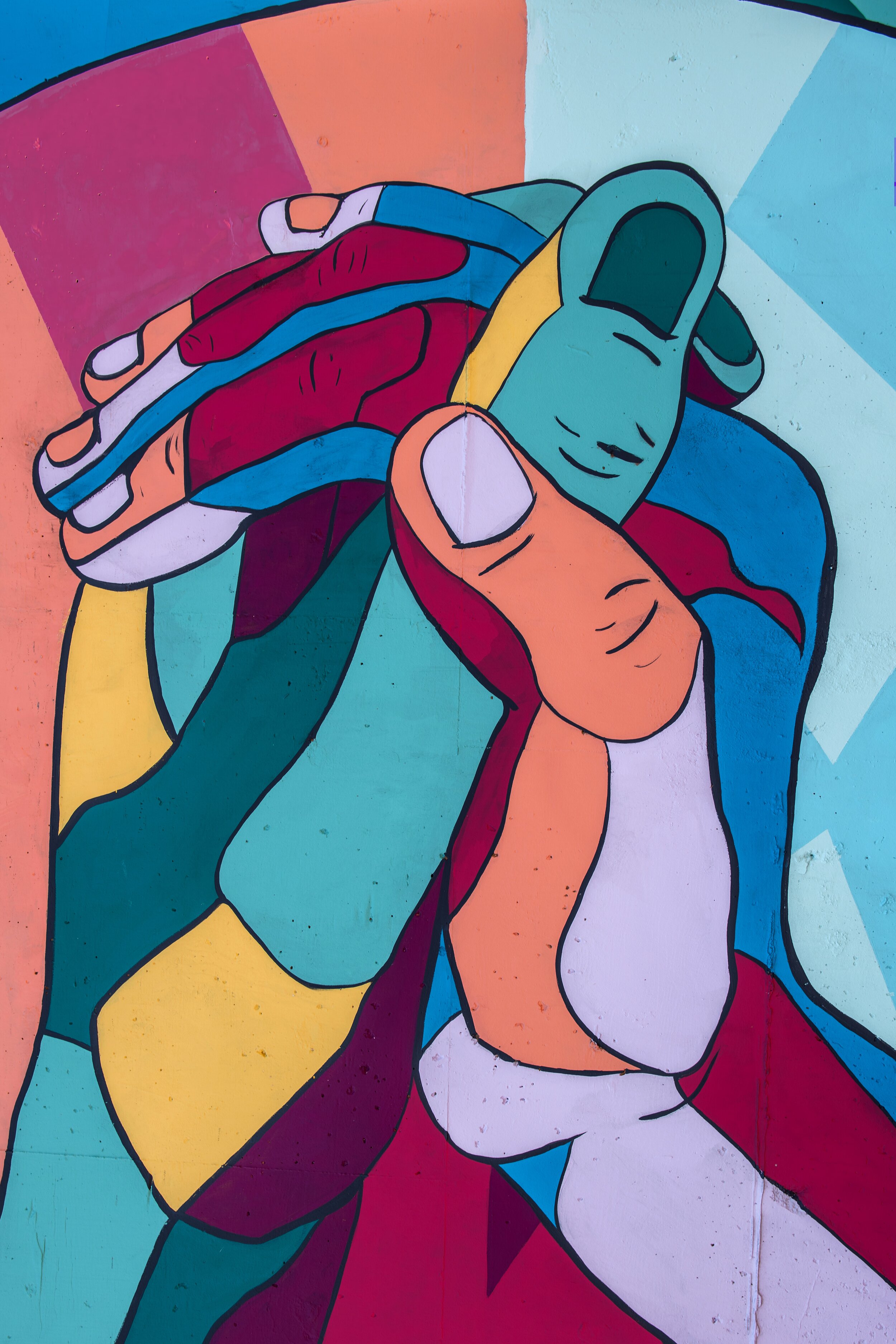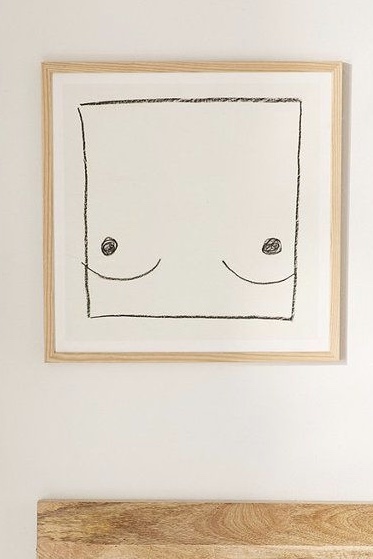Chelsea Small: Welcome. Thank you so much for being here and talking with me today about your work studying the experiences of Black psychoanalysts. I'm excited to learn more.
In your final paper for your doctoral degree, you mentioned that less than 2% of the psychoanalysts in America are Black. I'm curious if you could start by speaking a bit about the current racial landscape of the psychoanalytic world, its history, and some of the implications and meanings.
Veronica Abney, LCSW, PhD
Dr. Veronica Abney: I think it's still a pretty racist profession. There seems to be, at least here in Los Angeles, a few more African Americans that are in the profession than since I trained…When I started here in LA, there was one Black analyst practicing. And that was it...They're more in New York. That seems to be a place where I think Black analysts are more welcomed in the general mental health community. I really want to do more interviews [to continue the research conducted for the dissertation] if I could ever find the time to do it, because I got more and more names as I went on, from word of mouth, and I discovered all these other people that I didn't know were there. It was a really daunting task to try to identify these people in the United States. I called Institutes and they tell me things like they don't know. You don't know? How could you not know if you have somebody Black? So, I went with the American [American Psychoanalytic Association], and they gave me four names. But, you know, a lot of Black analysts are not part of the American because of the way it is.
Chelsea: Yeah, those numbers do seem extremely low compared to other mental health practitioners, like social workers or Marriage and Family Therapists. My next question is about why that might be. In your paper you speak about analyzability and the primitive as mechanisms of racism that are specific to the psychoanalytic world, and the ways that it has created its own arm of the racist system. I'm wondering if you could briefly define for our audience the term analyzability and the notion of the primitive, and talk a little bit about how they have been used as a form of exclusion.
Veronica: Well, when I was in training in social work school, there was a way of talking about people that made them not as desirable as a patient. A lot of times, Black patients were seen as being just in need of supportive treatment. Not anything deeper; nor any uncovering work. And that comes from a really long time ago, when Blacks were seen as people who didn't have good impulse control, weren't articulate, and were not able to self reflect. They were just, you know, people from the jungle…When Jung came to the US for a visit at one point during the early 1900s, maybe around 1920 something, he said that Americans were really lucky to have Blacks to really study primitive peoples. That was just the way that they thought. And it went into practice. So, in practice that meant that you weren't appropriate for an analysis. Therefore, you couldn't be an analyst. So, who wants to join a profession that thinks of them that way? And these are the kinds of concepts and ideas that were in all of the mental health professions at some point…though their language may not have been as dramatic. They wouldn't come in, in 1970, and say “well this is a primitive jungle bunny,” that was a negative term for African Americans, they wouldn't say, this is a primitive person, they would just say, “They need a supportive treatment. They need something more concrete.”
Chelsea: And by saying someone needs supportive treatment they are basically saying that they're not capable of benefiting from analysis.
Veronica: Exactly right. I remember my best friend who, unfortunately is no longer here, but I remember when we were in social work school, she went to one of the institutes in Boston to get an analysis, and they turned her down. And she was the most neurotic person…But they turned her down. Because she was Latina. I had a colleague who once was told by her analyst that she didn't have an unconscious when they first started working, and now she does. I mean, I have never heard of anything so fucking stupid in my life.
Chelsea: It seems like that contradicts everything that analytic theory would suggest. How could she not have an unconscious?
Veronica: Because you're just id. That's how people of color were seen, as id. They had id. They didn't have good ego skills. I was trained in ego psychology. Which was pretty rigid. But that was the feeling, ego skills are poor, and that there's not enough super ego. That's how they explained it, theoretically. I think that California therapists are much more radical in some of their approach to life. And they really rejected psychoanalysis because of that. Does that answer the question?
Chelsea: It does. It really speaks to the languaging of racism and to the sub-system that has maintained the analytic world as being very exclusive, very white, very privileged, very small. In some way, it feels like there is a closing in, when there could be so much benefit from analytic work being more accessible.
My next question is about theory and about the way that, since the psychoanalytic world has been so white…how Eurocentrism and white-centeredness has trickled down into the theory, and what’s missing from that body of work that has been developed so overwhelmingly by white people.e.
Veronica: Well, there's a lot missing. It's just another example of how racism is embedded in all of our systems. In every profession, one way or another. They had the theory, and they used their theory to say these people are not appropriate for this. They didn't have to do that. The theory didn't dictate that they view black people, in particular, in this way. They chose to use it that way. Bringing it to today, I think it's wonderful that we have theories that are more based on contextuality, we've got intersubjectivity, dynamic systems theory, these theories allow for a different explanation…All of us organize our lives, our experience, based on our cultural background, whether you know it or not. In the past we had theory that was, like you said, very Eurocentric. And there was no desire, or even thought about whether or not this would fit someone from a different background. Although there were people in Germany before the Second World War, who had a psychoanalytic clinic and they took in poor people. Because poor people were considered the same way as Black people. You know, you're not educated and you live in a dirty apartment and you're this or that—so they worked with people in a broader context. I think we could really do some great work right now if we could really look at the benefit of these of these theories for people who are different.
I think a lot of times when you work with people of color, you've got to deal with layers of trauma. In order for that safety to occur…So, we have to use our relationship and that's why it's really important for white therapists to really do their work. And not to hide behind, “I'm not a racist.” Because I know I have lots of prejudicial kinds of feelings. And I have to be aware of them, because I can’t overcome them if I’m not. I tell this story a lot of times when I teach, about this case I had many years ago. A child was admitted to the adolescent unit at UCLA and initially I was just the social worker on the case. Eventually, it became my case but that's another long story.
Anyway, I remember meeting the parents, the first day she came in and I had to do two sessions with them that day because they lived far away. And so, the first session, the dad comes in, and he's wearing Levi's and a big belt with huge buckle, and some kind of cowboy hat. And they were from the desert, and you know, we talk really bad about families from the desert at UCLA. The kids were a mess when they would come in because there really wasn't much care out there. And then it was a unique set of people that initially were living out in places like the Inland Empire. And so, I was like okay these are desert people. And the dad in the middle of the first session pulls a knife out of his pocket and starts cleaning his fingernails. And my first thought was “redneck.” So I just checked it in. And then the second session I had with them, the dad's age led me to ask him if he had been in Vietnam. And he said yes and I said, “What was that like for you?” And he started to sob. He said, not even his wife had ever asked him that. And we connected right there. And it was the beginning of a really great relationship. The child was in the hospital for nine months so we spent a lot of time together. And after that for years this family would send me little gifts for the holidays and things like that. If I had not logged in my mind, “redneck,” that initial reaction to him would have surfaced in a way that was not good for him. And by being aware of it, I was able to make sure that I was available to him. And that I was really taking good care of him and not just writing him off. Because he would have been the kind of guy that would have been easy to write off just based on those descriptions I gave you, like pulling a knife out of your pocket. But I'm a believer in that we can't try to push those feelings down. We have to be aware of them, then we can overcome them.
Chelsea: That connects nicely to my last question which is about what you've seen work well. What have you've experienced that has worked well to make this field less racist or to confront some of the prejudice and racism that is in the air.
Veronica: Oh, I think you have to talk about it. It has to be out there…And so that's what I believe about how this has to be approached. We have to do—what now people are saying since what's been happening in our country—you have to do the work. And that white people have to do the work. It's not my job to teach you. It's your job to read, to study, to go out and have different experiences, and to ask serious questions, not questions like, “Well, What do I do?” Well, you know, I’m not in that room with you. But you could start by working on you, because then you will be open to understanding this person, to hearing this person, to not invalidating this person's experience. That's something that happens a lot for white therapists because it's a different experience. They think Black people are just being paranoid. Because we talk about having to deal with white people in these racist spaces and what it brings up for us…Those are the kinds of things I think a lot of times get therapists in trouble. They don't really understand or know the experience. They think we're in a fucking post racial society. And we're not. As you can see…And if people can just ignore that? What does that say to the other person? So maybe I'm saying that there's a component of this too, of doing some social justice work, of really putting yourself out there. That's my viewpoint about how to deal with it. It's not easy, people don't want to do it. [But] I think it is part of the moment that people are thinking more about this now wondering more, after seeing a man killed on their own television set.
Chelsea: Thank you so much for your time and for sharing your mind with me and the MHT community.
Veronica: Take care. Bye. Bye.
Veronica Abney, LCSW, PhD, is a training and supervising psychoanalyst with the Institute of Contemporary Psychoanalysis-Los Angeles. She specializes in trauma associated with childhood sexual abuse and practices psychoanalysis and psychotherapy in the Los Angeles area. She works with preteens, adolescents, and adults.
Chelsea Small, LCSW, believes in the wisdom of the therapeutic relationship to ignite transformative growth. She has extensive experience working with people impacted by trauma, domestic violence, and the effects of emotional dysregulation.
























